Animals, aggression and entitlement: Boys' clothes on the High Street
Clothes make the man, they say. But what exactly is the High Street telling our children about what a man is?
There is a lot of discussion on the sexualisation of girls clothes (and more on that later). But, and not to be a ‘whatabouter’, there is a flip side to this poisonous coin. While little girls’ clothes prioritise the passive, many little boys’ clothes are packaging up a pile of macho aggression and entitlement.
Slogans on sweaters tell boys they are cool, brave, legendary even. And the prints and designs are pretty prescriptive too. Once you’re past vehicles, it’s almost invariably fangs and fighting, even for the tiniest clothes-wearers.
In January of 2018, Hannah Garcia of Blod Design published a survey of animals on kids’ clothing, and which were labelled for boys and for girls:
Dinosaurs are the number one animal on clothes marketed to boys. Followed by bears and sharks.
Take a look at the dinosaur on the infographic. When we say dinosaurs, we’re not usually talking about nurturing Maiasaura, but about big, scary, red in tooth and claw, T. Rex. If dinosaurs do turn up on girls clothes, on the other hand, they tend to be herbivorous or smiling, or both.
And what about the sharks? They're normally Great Whites. And not just any great white, but the man-eating shark from Jaws. Either directly or indirectly referenced.
Jaws is actually rated a 12A (though it was originally released on video as a PG. Who amongst us doesn’t know someone who watched this at an absurdly young age and was subsequently traumatised about sharks, the sea or even swimming pools). Don’t watch this clip if you're one of them.
When you start to think about it, it does seem strange that this film has become such a strong reference for babies’ clothes. Yes, babies. But just baby boys.
Read Garcia’s analysis for a full discussion of her findings, but here’s a key point to note. The animals for boys were much more likely to be wild, and to be predators - the girls’ animals were conversely likely to be domesticated and prey animals.
Just process that for a moment.
The boys have predators on their clothes, the girls have prey.
Children of all genders are trying to work out the world around them, and fighting and physical expressions of feelings are a part of childhood. Many kids go through a phase of growling or roaring to express their frustrations - when your vocabulary is limited, it’s perhaps understandable that a bit of roaring and teeth baring might come into play.
The subtle and not so subtle messages given here however, are that the boys can express anger and aggression without control and that the girls never can. And deeper, perhaps the boys are entitled to chase, harrass, overpower the girls - that’s just nature.
"The skull is the memento mori, the reminder of the ever-presence of death"
But surely it's not all like that. What about other prints or designs? Well, here’s one that has us baffled - the skull.
The skull has been an important symbol in western culture since the Middle Ages - seen on the entrance to graveyards, in Hamlet’s hand, or hoisted on pirate ships as a warning of impending death to those they attacked. The other place you see the skull and crossbones now (other than on your kids’ clothes) is on toxic substances. It's the memento mori, the reminder of the ever-presence of death.
Perhaps it was initially inspired by pretend play pirates, Peter Pan or maybe the success of Pirates of the Caribbean franchise - there’s a whole crew of skeleton zombie pirates in the Black Pearl.
But skulls are everywhere now.
It’s hard to imagine then how this bone-inside-a-human-head-that-you-can-only-see- when-the-person-is-dead became a ubiquitous symbol for boys, or as Tesco has it “A fun addition to his wardrobe”.
Girls’ clothes have many ‘fun’ things but none of them imply either that they are toxic, or an impending bringer of death. In fact girls’ ‘fun’ things tend to be symbols of life and regeneration; fruit, flowers, butterflies and hearts.
"The words and phrases on kids clothes are often simply labels adults apply to children"
Finally, let’s take a look at the words on kids’ clothes. Slogans on T-shirts were popularised by Katherine Hamnett in the 80s - they used to be rallying cries, protest placards printed on your front. But the words and phrases on kids clothes are often simply labels adults apply to children - let's not forget that until around 5 and up most of the kids don't even know what they say.
So the boys are heroes in training. They never look back, they’re building the future. They’re rule breakers, and not interested in what you’re saying. They’re epic, extraordinary, even geniuses. A quick nip round the girls section will tell you that the girls are much more rarely doing any of that stuff. They’re too busy being "cute but crazy". If you think that this isn't really a problem, watch this clip from the BBC's documentary series No More Boys and Girls. (I don't know why they removed the section that followed about boys' slogans from the clip, but they clearly argued that clothes encouraged the boys to repress all feelings except anger.)
Perhaps this is obvious. Yes, there are a lot of animals portrayed as aggressive on boys’ clothes. Yes, there are a lot of clothes with messages about fighting, combat and even death marketed to boys. There are very few of these sorts of messages directed at girls through clothing. Easily fixed, just don’t buy clothes with scary animals and skulls on them. Or buy them for girls and boys.
But there is actually something else, something a bit weirder, going on. Boys’ clothes are also often made differently. Take these two pairs of age 4-5 briefs from John Lewis. One for the boys, one for the girls. You can tell which are the boys' ones because, you know, dinosaurs.
John Lewis
Just to note, at this age there is little physical difference between boys and girls (apart from the obvious). The average height is not so different, and weight and body proportion are similar. (Not convinced? Isla bikes don’t make two bikes per age, because one suits all children.)
But these boys’ pants are just a tiny bit bigger, just a tiny bit longer, and just a lot more comfortable than the girls’ ones. They have thick elastic, and fully covered seams - everything is in soft cotton fabric. They’ve even got a slightly wider gusset. And I’m pretty sure this isn’t really to hold a penis or testicles, as small boys don’t need that stuff supported yet. Girls on the other hand could do with a bit of gusset and a comfy elastic to keep their pants from riding up their backsides giving them a massive wedgie and irritating their vulvas every time they slide down a slide in their flimsy school summer dresses. What they’ve got is a bit of frilled lace elastic trim everywhere, a thinner fabric and a much more simple construction with exposed itchy seams.
"In the girls' section, you’ll find versions of ‘sexy’ womenswear, often focused on “pretty” rather than practical"
As children, our clothes in the 80s and 90s were, just that, children’s clothes. Fashion hadn’t quite hit us yet. But now in the girls section, you’ll find cut down versions of ‘sexy’ womenswear, often focused on “pretty” rather than practical, with many details that actually hamper active play - tight trousers, too-short shorts, off the shoulder tops, ruffles and tassels.
The boys, on the other hand, tend to have looser, comfier, sturdier clothes. Shoes that you can run in, with a proper supportive sole. Thicker fabrics, covered seams. And as this thread on Mumsnet shows, consumers notice it too. Boys clothes are often a bit better. While the girls are constantly validated through their appearance, the boys tend to receive little praise for how they look, no matter what they wear, so comfort and ease obviously becomes a priority.
So far, so obviously damaging to girls. But what’s the problem for the boys?
This is just much better for them, right? They get to run around happy and comfortable, unfettered by ideas of being fashionable or sexy while they do it. And yes, that is obviously better. So obvious that the kids themselves couldn’t help but begin to notice it.
"They start to think that boys are better than girls. Not better at sport, or science or maths, just better, plain and simple. And the girls think it too."
When the boys are more comfy in their clothes, and their shoes are better made, it’s little wonder they think they can run faster, or jump higher. They probably can.
When the slogans on the t-shirts for boys say, Genius, Legendary or Roooaarsome it’s not so surprising that they start to think that boys are better than girls. Not better at sport, or science or maths, just better, plain and simple. And the girls think it too.
Aisle after aisle in the shops tell the boys they are toxic, predators, that they can’t express any feeling except anger. They tell them that this is their value, not their caring nature, not their kindness, not their innate lovableness. Their aggression is their value. And alongside this, they tell them they are cleverer, more important, worth more. That they deserve more.
That they are entitled to more.
So until we unpick the labels we’re applying to our children, we’re just storing this up for the future. A future where the boys still think girls are less, where #MeToo is still a problem for our daughters. A future where our sensitive sons learn to pretend they can't feel anything other than anger. A future depressingly like the present we have today. We can all agree that children should know that they are all equal. Equal regardless of their gender, their skin colour, their heritage. Let’s try not to undermine that obvious message with clothes we put them in.



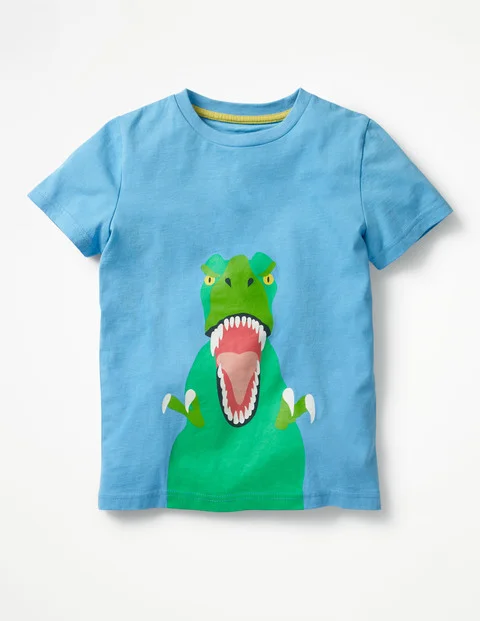











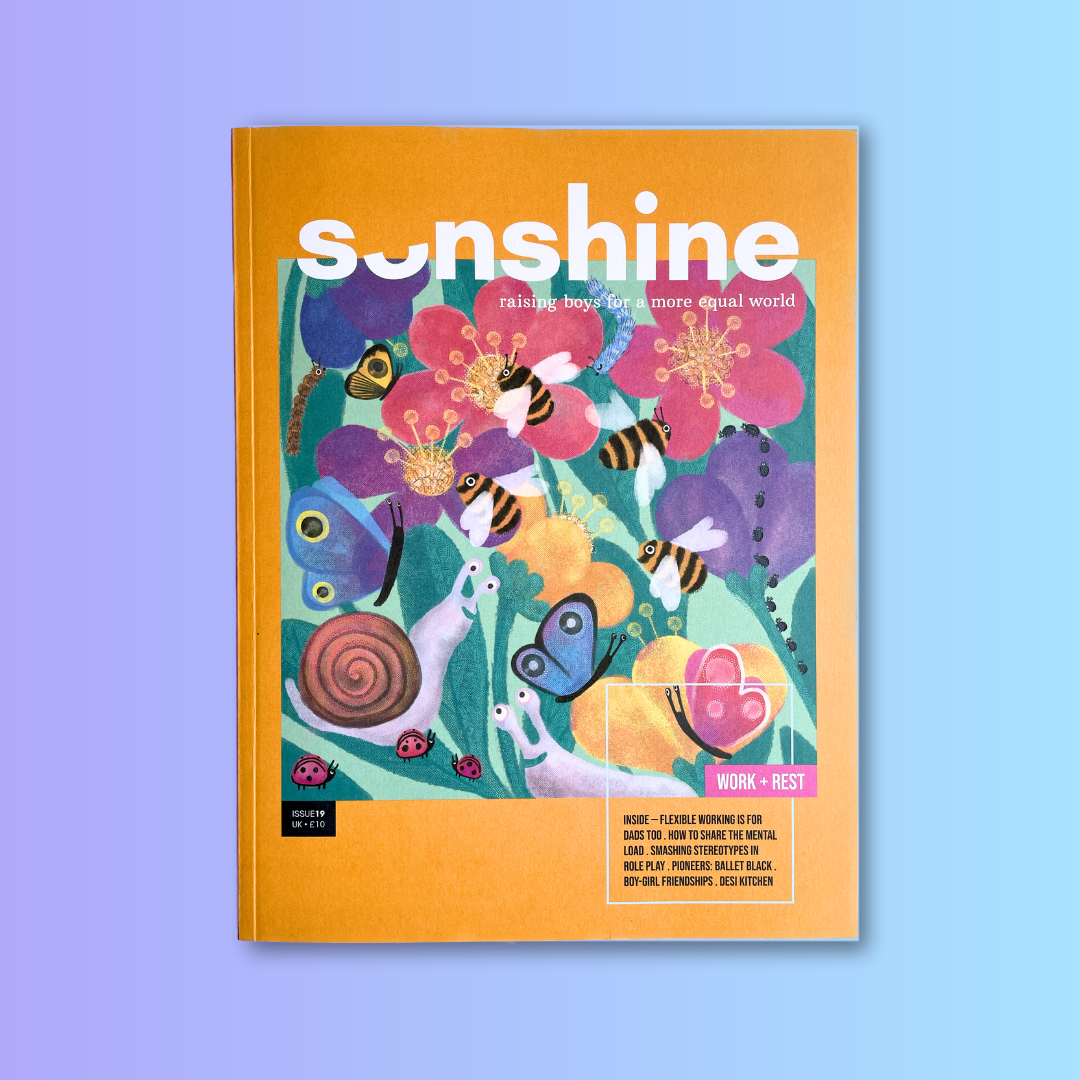
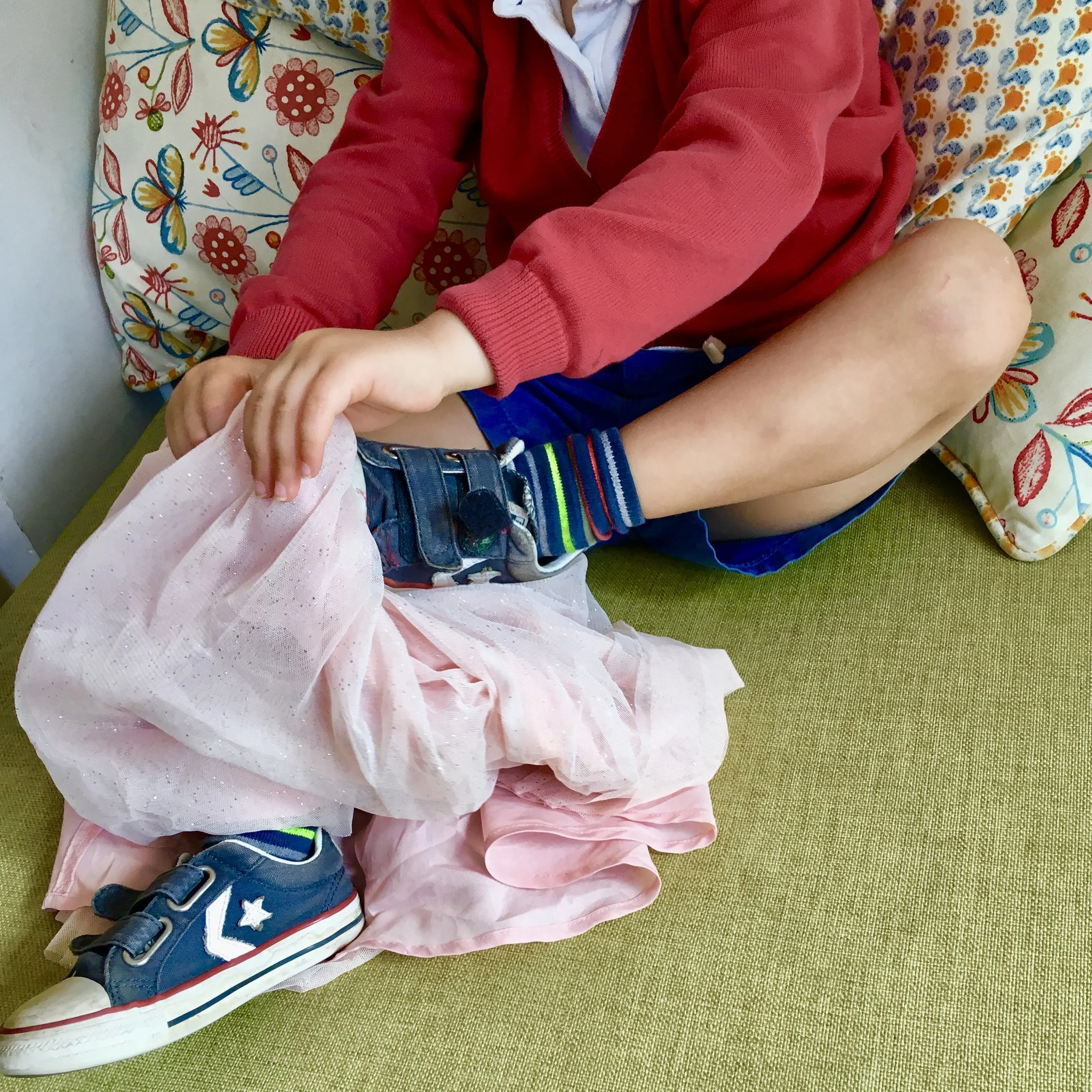

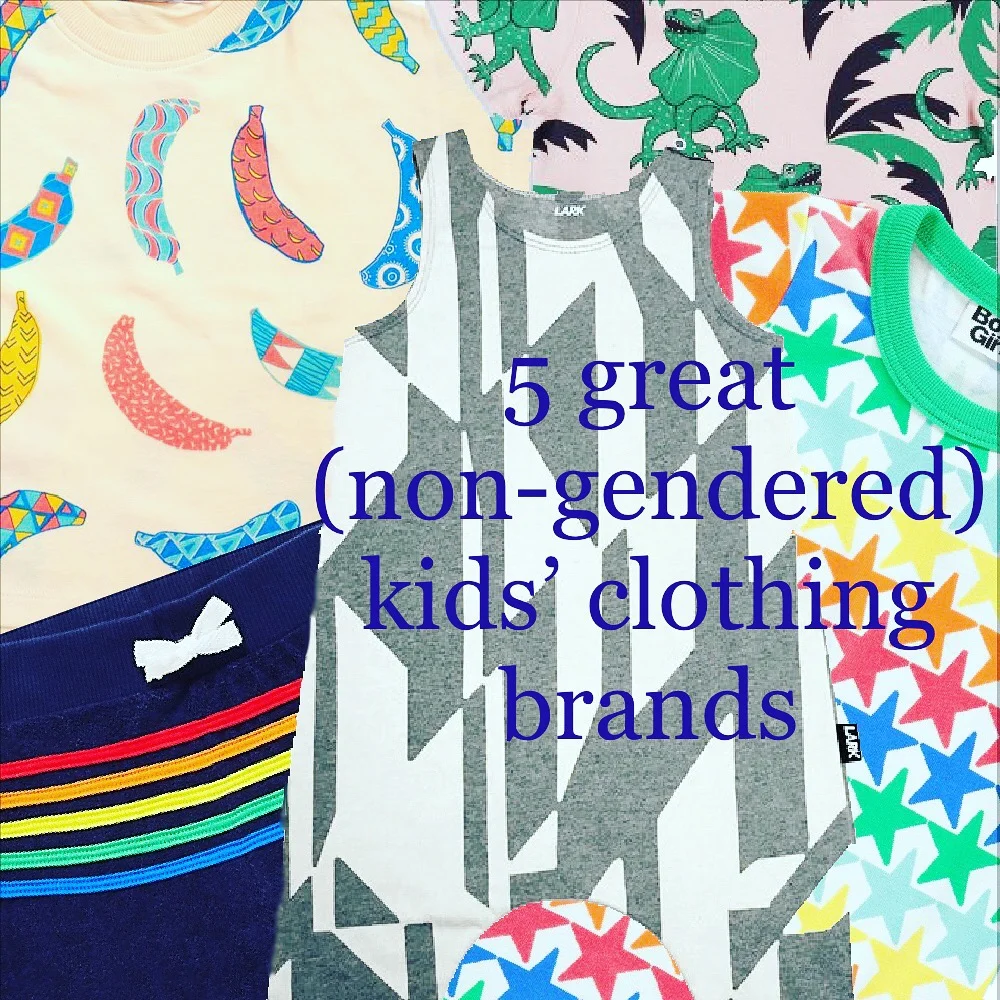

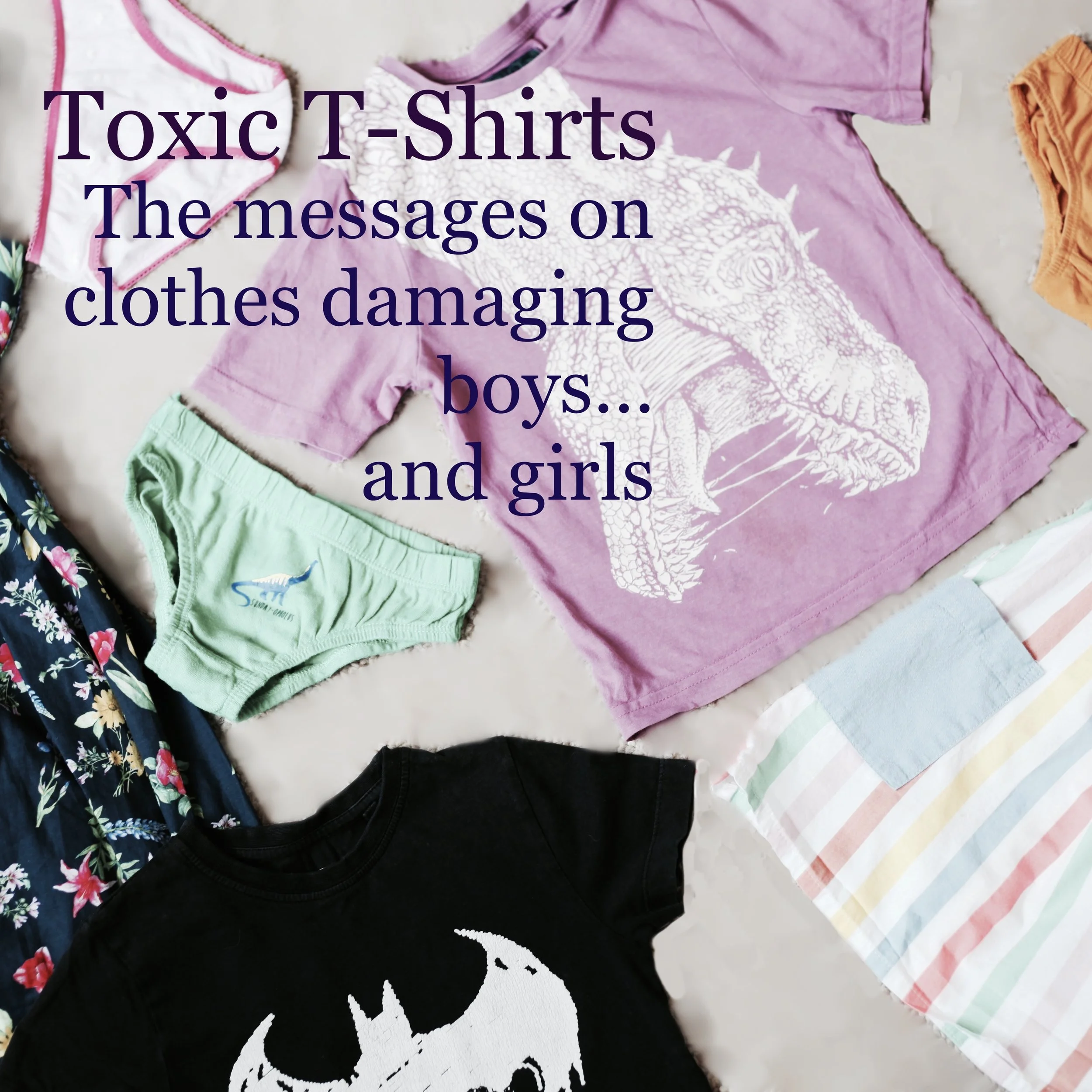
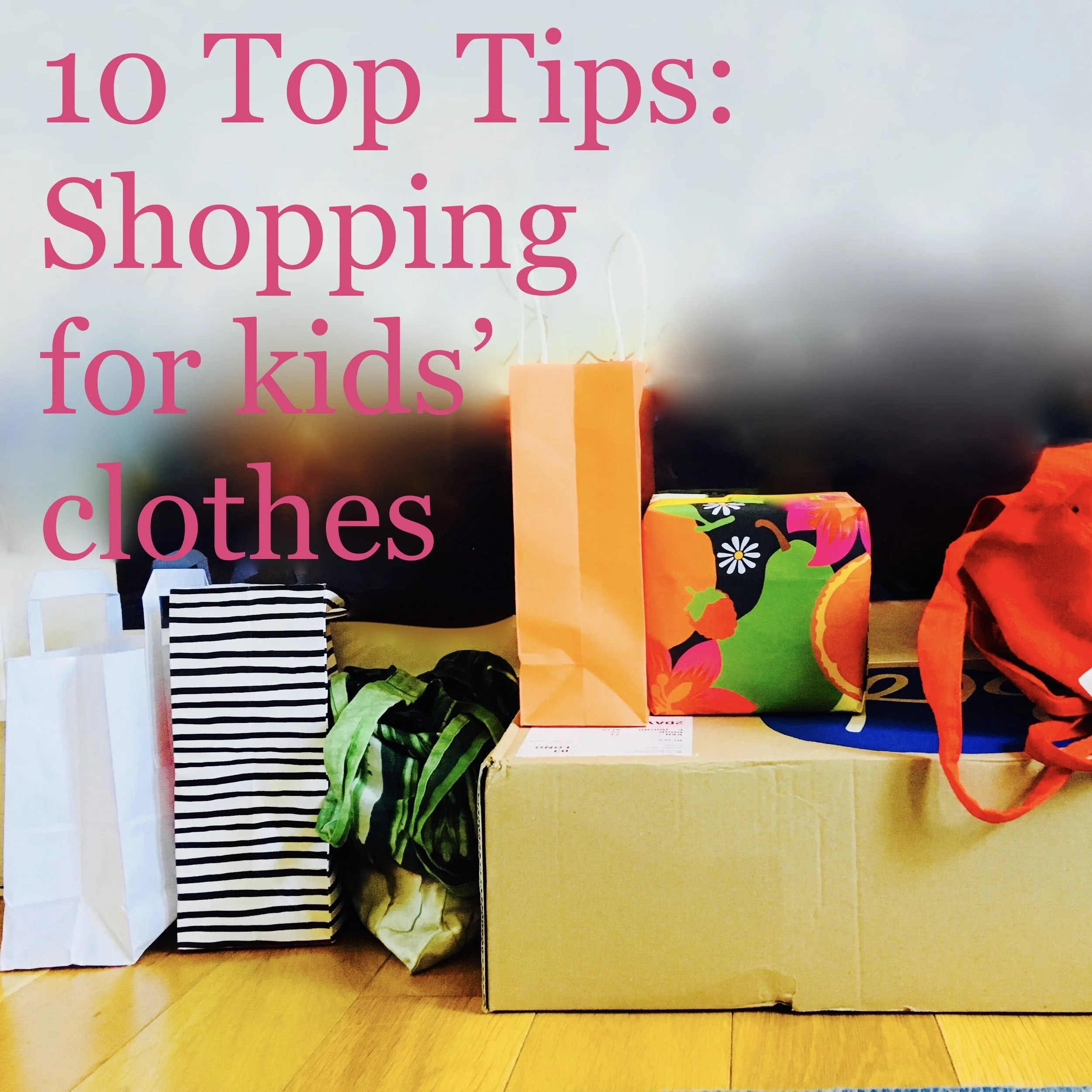



We introduce this issue’s theme - fashion for kids, in all its glories and pitfalls…